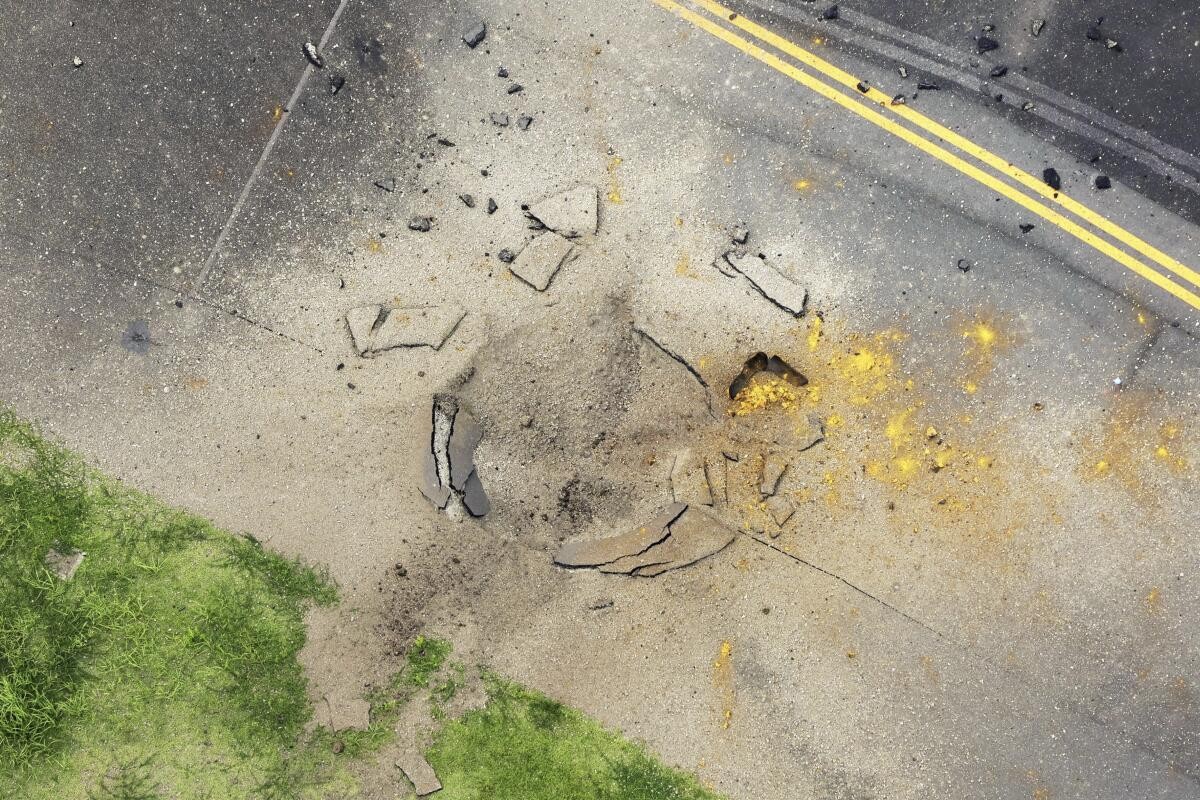
In a startling incident at Miyazaki Airport in southwestern Japan, an unexploded World War II-era bomb detonated on Wednesday, causing significant disruption to air travel and leaving a gaping hole in a taxiway. The explosion, which occurred at 7:59 am local time, fortunately resulted in no injuries but led to the cancellation of over 80 flights, affecting more than 3,400 passengers.
The blast created a crater approximately 7 meters in diameter and 1 meter deep in the airport's taxiway. Eyewitness accounts and video footage from a nearby aviation school captured the dramatic moment, showing debris and asphalt being propelled into the air.
Japanese officials, including the Self-Defense Forces and police, swiftly responded to the incident. Their investigation confirmed that the explosion was caused by a 500-pound US bomb, a remnant from World War II. The sudden detonation's exact trigger remains under investigation.
Miyazaki Airport, constructed in 1943 as an Imperial Japanese Navy flight training field, has a history intertwined with World War II. Some kamikaze pilots embarked on their final missions from this very location. This historical context explains the presence of unexploded ordnance in the area, with similar discoveries reported in 2009 and 2011 at nearby construction sites.
The incident highlights an ongoing challenge in Japan, where hundreds of tons of unexploded bombs from World War II remain buried across the country. These dangerous relics are occasionally unearthed during construction projects, posing potential risks to public safety.
Despite the dramatic nature of the explosion, airport authorities worked diligently to repair the damage overnight. Miyazaki Airport resumed operations on Thursday morning, minimizing further travel disruptions.
This event serves as a stark reminder of the long-lasting impacts of war and the importance of continued vigilance in addressing unexploded ordnance. As Japan continues to grapple with this lingering legacy of World War II, efforts to locate and safely dispose of such devices remain a priority for ensuring public safety.